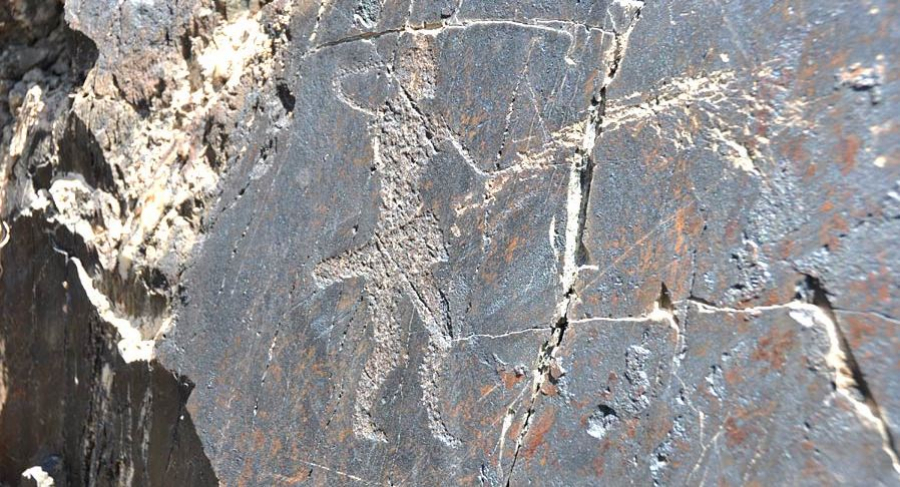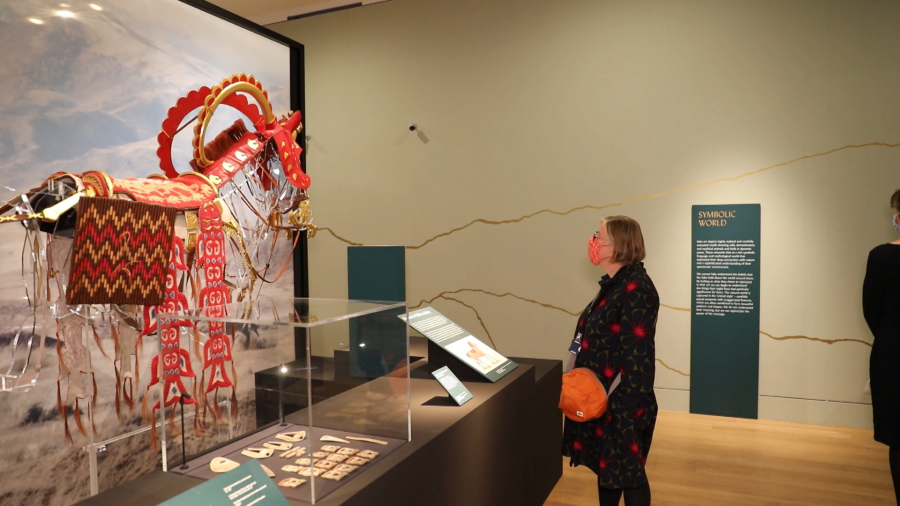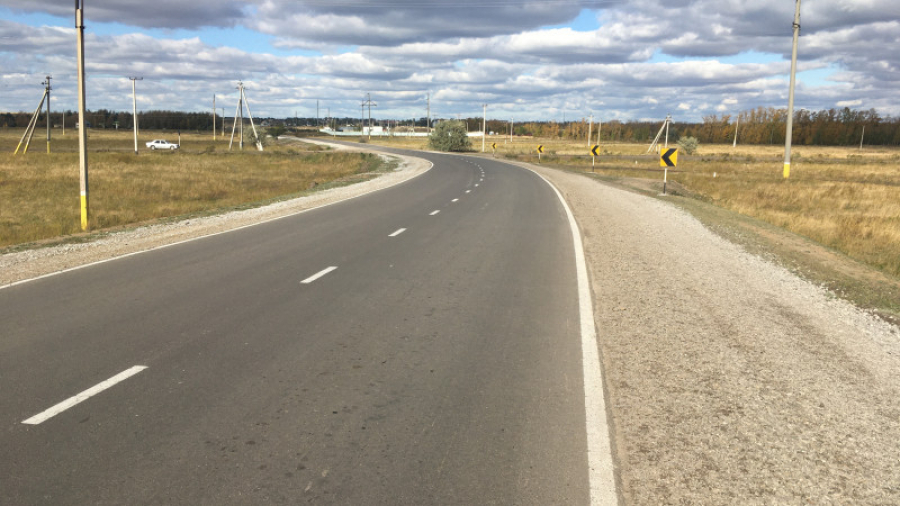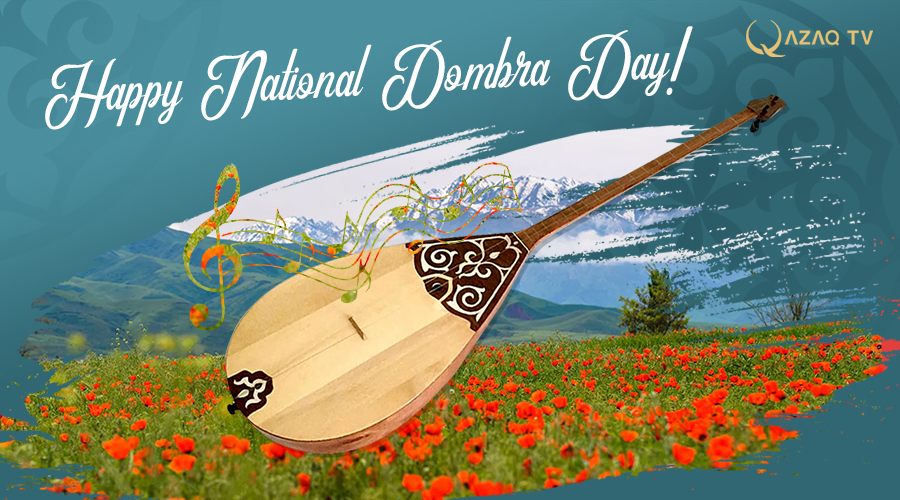
Similarities were found between the petroglyphs of Tamgaly Tas in Kazakhstan and cave carvings in Sarmishsai reserve in Uzbekistan. The ‘rock stories’ in both countries are painted in the same style. This is how our ancestors expressed their vision of the world.
“For example, these days you don’t see the bulls like the ones on these rocks. Even similar ones. So the question is, why did they disappear? Scientists have their own opinion on this. The first is the impact of a dramatic change in the environment. Animals may have died because they couldn’t find food. Second, they migrated to Mongolia. In this country you can still fund bulls of a really unusual breed,” said Ramazon Egamov, Director of Sarmishsai State Museum-Reserve.
About 10,000 petroglyphs were found in the gorges of Sarmishsai reserve, located in Navoi region of Uzbekistan. Most of them date back to the Bronze Age. However, many paintings were created in periods ranging from the Paleolithic age to the spread of the Saka tribes.
“Scientists from Norway, Kazakhstan and Russia have repeatedly studied these gorges. Through petroglyphs, you can see the culture of people who lived in different periods. For example, we found images of two people dancing. This means that at that time the tribes already had music and their culture was actively developing,” Egamov added.
This monument holds many secrets. The work on deciphering ancient petroglyphs will continue, because with this kind of painting we will be able to learn more about the life of our ancestors.
Translation by Assem Zhanmukhanova
Editing by Galiya Khassenkhanova









